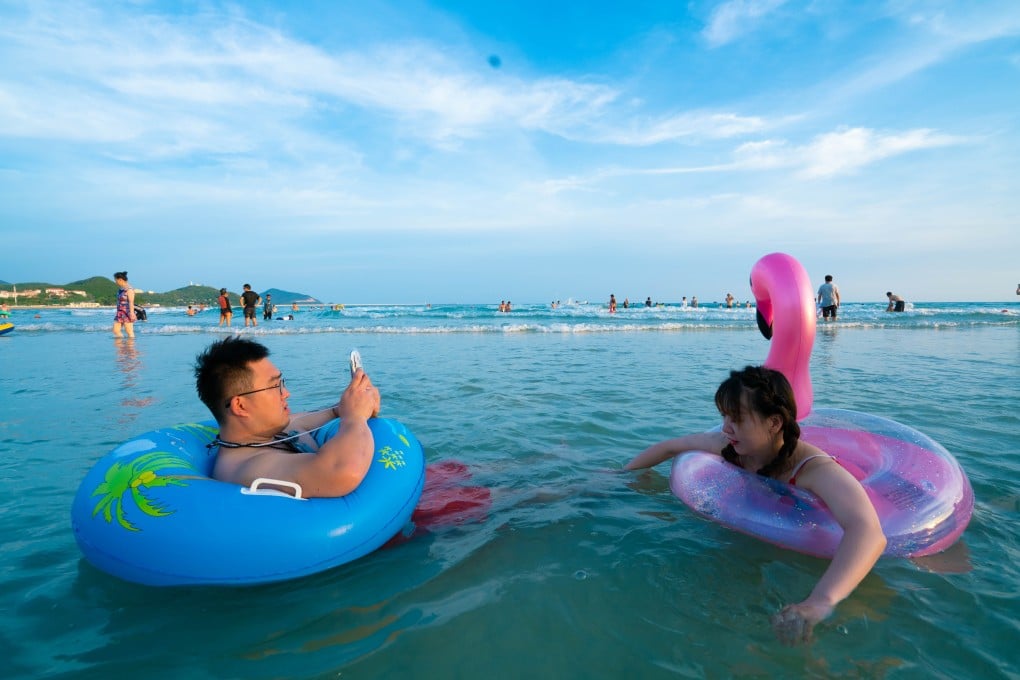China’s Hainan was supposed to be a world-class beach destination by 2020. What happened?
Despite Beijing’s ‘special zone’ initiatives, plans to turn the tropical island province into the ‘Hawaii of the East’ have not succeeded in attracting international travellers

“It is not surprising that Hainan has already been dubbed the ‘Hawaii of the East’. Yet few destinations around the world, let alone Hawaii, offer such a variety of attractions and opportunities for outdoor recreation, nature-based tourism and sporting activities.”
But 2020 has arrived and failure to fulfil the island’s potential has not been for want of Beijing’s support. The central government has designated the province a special development zone no fewer than three times, supporting it with a raft of subsidies and investment incentives. In 1988, Hainan was named a Special Economic Zone to piggyback other SEZs, such as Shenzhen and Zhuhai, and in 2009, the State Council designated the island a “Special Zone for the Development of International Tourism”.
None of these measures have worked, and the local tourism board declined an interview with Post Magazine to explore the reasons why.

